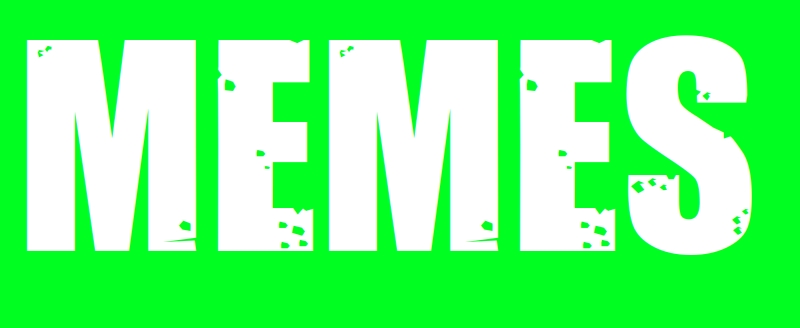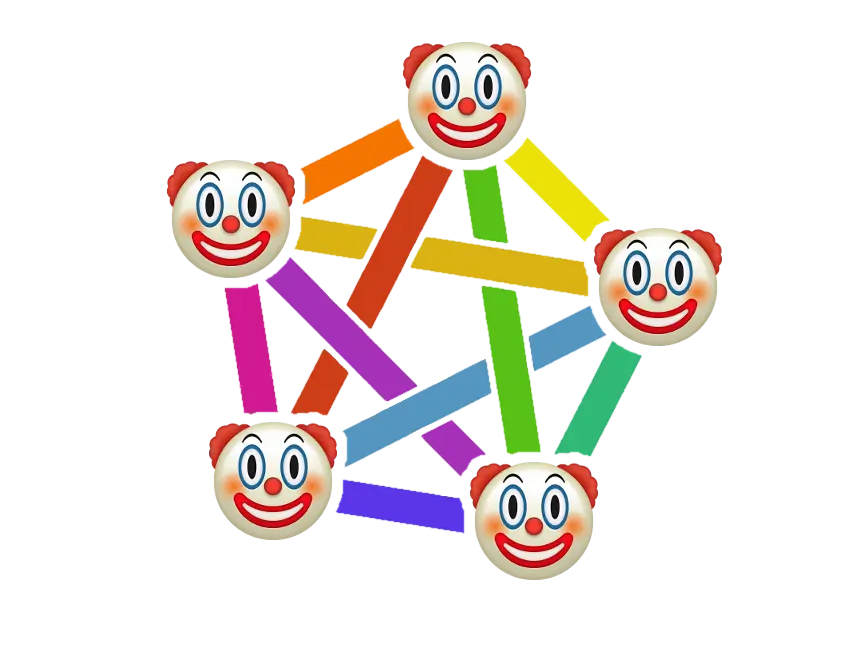

Hallucinations mean something specific in the context of AI. It’s a technical term, same as “putting an app into a sandbox” doesn’t literally mean that you pour sand into your phone.
Human hallucinations and AI hallucinations are very different concepts caused by very different things.








Nope. Hallucinations are not a cool thing. They are a bug, not a feature. The term itself is also far from cool or positive. Or would you think it’s cool if humans have hallucinations?